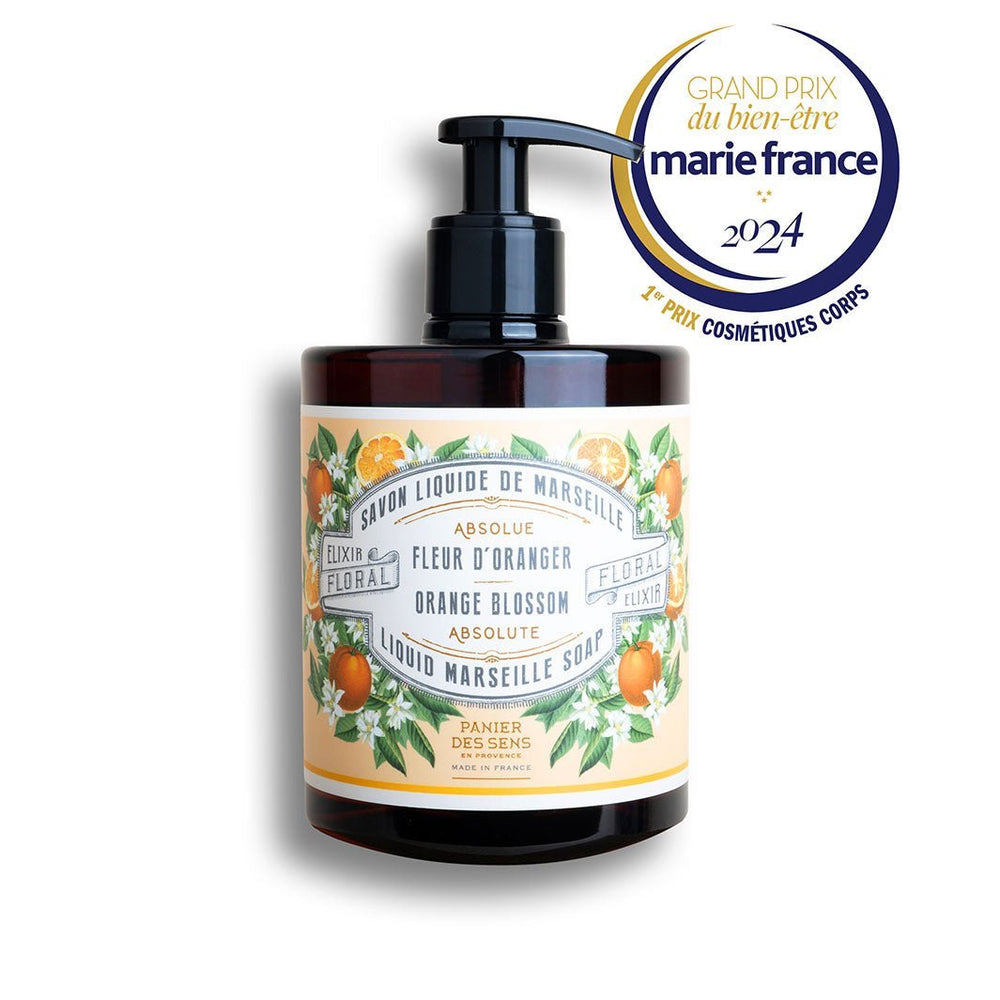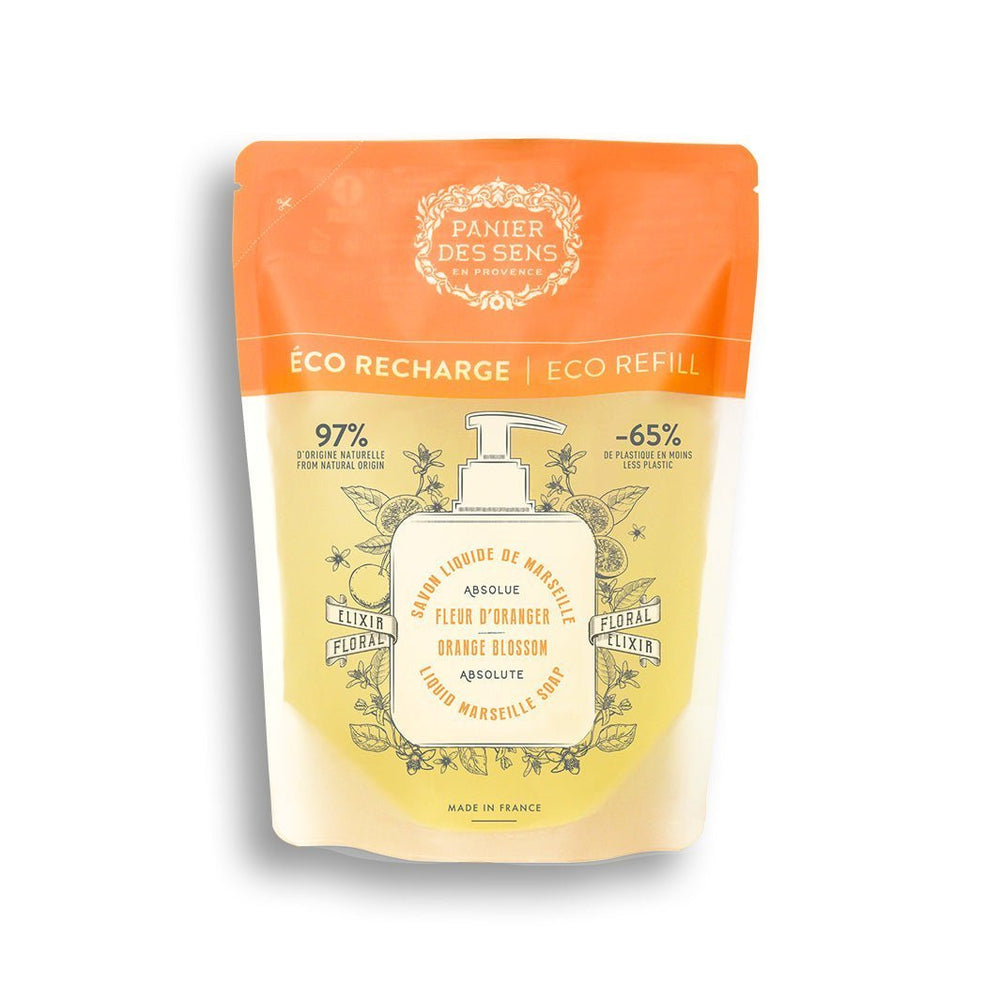What factors influence the cost of an eau de toilette ?
Dive into the fascinating world of eaux de toilettewhere each bottle tells a story of alchemy and savoir-faire. Have you ever wondered what determines the price of the averageeau de toilette ? Various factors come into play and, through our analysis, you'll discover the secrets of this bewitching industry.
On this page, we'll start by exploring raw materials: natural and synthetic ingredients, their scarcity and provenance, each of which has a significant impact on final cost. Next, we highlight the manufacturing process, where advanced technologies and maturation time play a crucial role.
Finally, we'll analyze the influence of marketing and brand positioning, from advertising to packaging to brand awareness, to understand how these elements contribute to the price of your favorite bottle. Get ready for a captivating olfactory and economic dive!

Raw materials in the composition of an eau de toilette
Impact of natural vs. synthetic ingredients on the cost of an eau de toilette
The use of natural ingredients in an eau de toilette has a direct impact on its cost. Natural essences, extracted from plants, flowers or fruit, require meticulous and costly harvesting and extraction processes. For example, rose essential oil is obtained by steam distillation of the petals, a process that requires an impressive quantity of flowers to produce a few milliliters. Conversely, **synthetic ingredients** are produced in laboratories at lower cost and in large quantities. However, they often lack the **olfactory complexity** and unique character that natural essences can offer.
Rarity and origin of essences used in eau de toilette
Rare essences** and their provenance also play a crucial role in the final cost of an eau de toilette. Some raw materials come from specific regions where they benefit from ideal climatic conditions for their development. Take oud wood, for example, a precious resin from the tropical forests of Southeast Asia. Its rarity and the complexity of its extraction make it an extremely expensive ingredient. Similarly, the jasmine grandiflorum grown in Grasse is distinguished by its exceptional quality, but is expensive due to the traditional methods used to harvest it.
Each drop contains not only a unique fragrance, but also a rich history of **savoir-faire artisan** and **patrimoine culturel**.
The eau de toilette manufacturing process
Technologies and production methods affecting the cost of eau de toilette
The creation of an eau de toilette relies on sophisticated technologies and production methods, which directly influence its cost. Modern techniques such as fractional distillation, volatile solvent extraction and cold enfleurage produce pure, concentrated essences. These processes require advanced equipment and specialized technical expertise, which inevitably has an impact on the final price.
For example, fractional distillation, used to extract essential oils from citrus fruits, requires perfect temperature control to preserve the delicate olfactory molecules. Similarly, volatile solvent extraction is used to obtain absolutes from fragile flowers such as jasmine or tuberose. Although costly in terms of equipment and skilled labor, these methods guarantee unrivalled olfactory quality.
The importance of maturation time and expertise in the cost of an eau de toilette
One of the perfume industry's best-kept secrets lies in the maturation process. Once the essences have been extracted and blended according to a precise formula, they must rest for several months, or even years, to allow the different notes to blend harmoniously. This slow process allows fragrances to develop their full aromatic complexity.
Take vetiver, for example: this woody essence requires a long maceration time to reveal its earthy, smoky facets. Similarly, some eaux de toilette include chypre or oriental accords that can take up to two years to mature. This aromatic patience represents a substantial investment in terms of space and controlled storage.
Human expertise also plays a crucial role in this process. The "noses", these artisan perfumers with an exceptional olfactory sense, are indispensable for creating balanced, refined compositions. Their unique know-how partly justifies the high price of eaux de toilette of high-end eaux de toilette.
Each bottle is not only an olfactory symphony, but also a veritable work of goldsmith's art, where advanced technology meets age-old craftsmanship.
Marketing and brand positioning for eau de toilette
Influence of advertising and packaging on the cost of an eau de toilette
In the world of eaux de toiletteevery detail counts, including the way they are presented to the public. Advertising plays a vital role in the perception and, consequently, the price of an eau de toilette. Sophisticated advertising campaigns, featuring celebrities or exotic settings, require colossal investments. These costs are inevitably reflected in the final price of the product.
Take the example of a TV campaign broadcast during the festive season: it captures consumers' attention at a strategic moment, but also generates high costs for the brand. Similarly, placements in high-end magazines or on influential social networks add a luxurious dimension to theeau de toilette , while increasing its cost.
As for packaging, it's much more than just a container; it's a veritable work of art, reflecting the brand's identity and prestige. A bottle with an innovative design, crafted from noble materials such as crystal or decorated by hand, can transform a simple fragrance into an object of desire. For example, some brands collaborate with renowned designers to create limited editions that quickly become collector's items.
In this way, every visual and tactile element contributes to enhancing the olfactory experience, while justifying a higher price tag.
The role of brand awareness in the price of eau de toilette
A brand's reputation has a considerable influence on the cost of an eau de toilette. A prestigious brand with a reputation built up over decades or even centuries inspires confidence and admiration. This aura often translates into unwavering loyalty on the part of consumers, who are willing to invest more to acquire a product stamped with the seal of luxury.
Take the emblematic example of a historic French house: its fragrance creations embody not only exceptional quality but also a priceless cultural heritage. The rich history and anecdotes associated with famous fragrances reinforce their perceived value.
On the other hand, a number of contemporary brands have set themselves apart through bold creativity and olfactory innovation. Their dazzling success is based on a skilful marketing strategy that combines captivating storytelling and exclusive collaborations with avant-garde artists and designers.
Whether a legendary name or a promising newcomer, each brand imposes its own unique stamp on the market thanks to its carefully cultivated reputation. This prestige then amply justifies a premium price for its eaux de toilette.
We recommend these other pages:







































